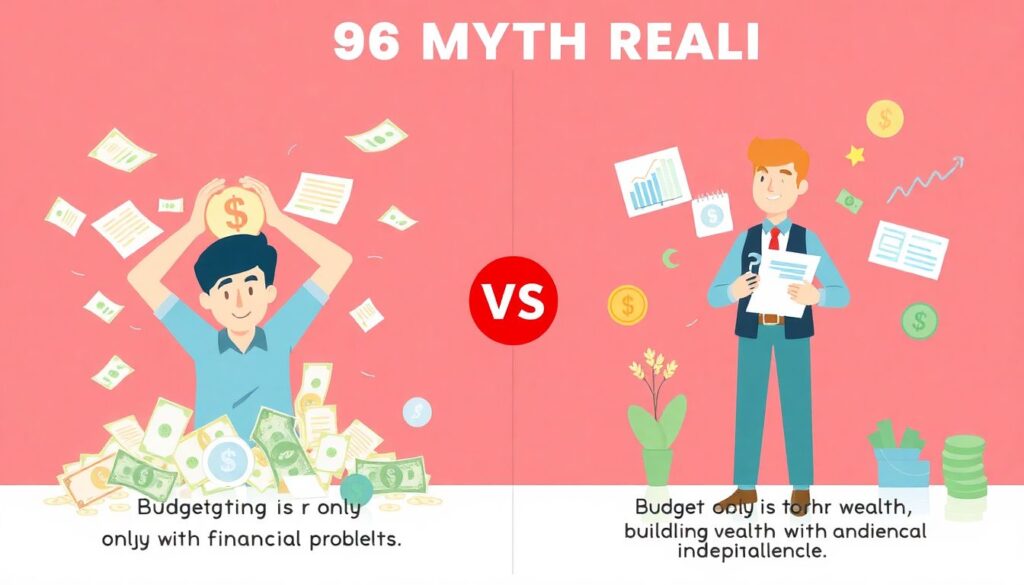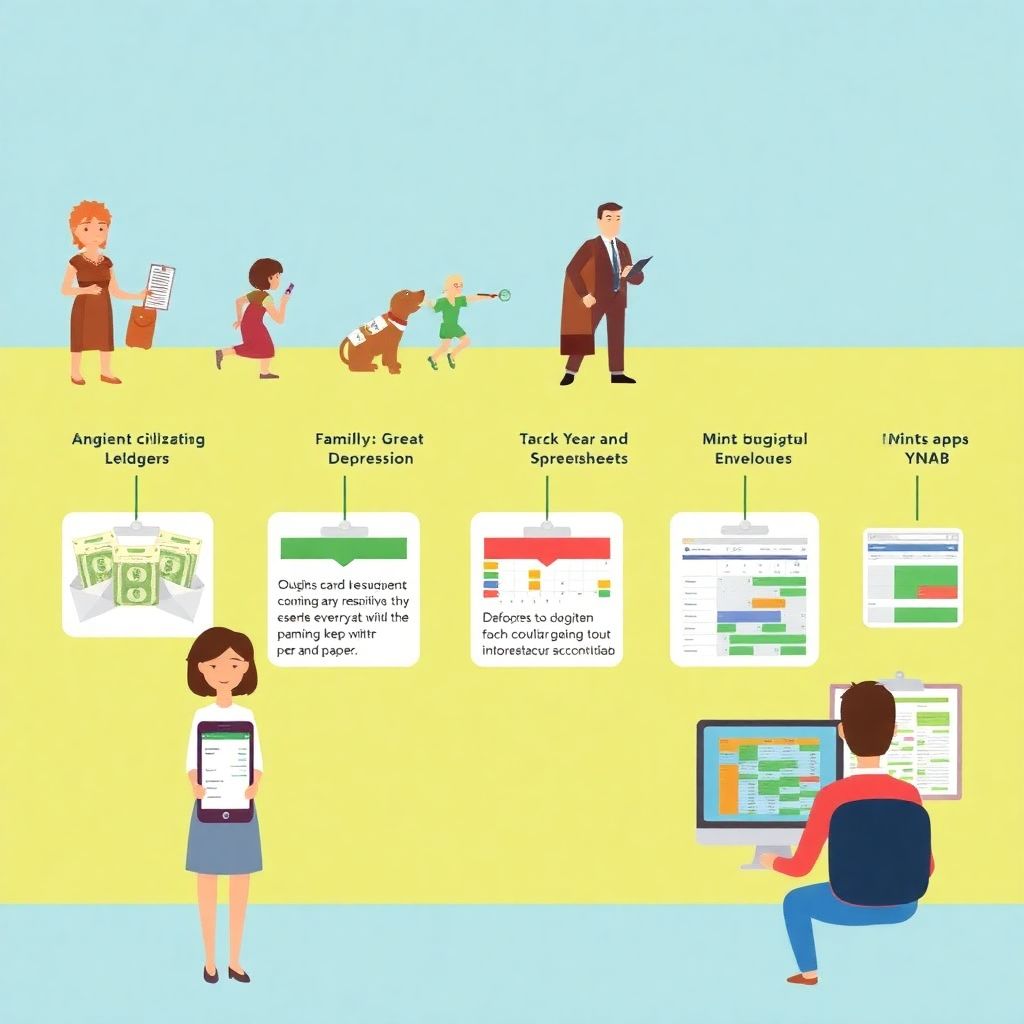Historical Context of Personal Budget Planning
The concept of personal budget planning dates back centuries, with early forms found in household accounting ledgers of ancient civilizations. However, the modern idea of budgeting for individuals emerged prominently during the Great Depression, when financial scarcity forced families to track every dollar. Over time, budgeting evolved from simple pen-and-paper logs to sophisticated digital tools. Today, financial planning for individuals is not just about survival—it’s a strategic approach to achieving personal goals, reducing debt, and building wealth. Understanding this evolution helps us appreciate the value and necessity of structured financial management.
Core Principles of Budgeting
At its core, building a personal budget involves tracking income, categorizing expenses, and ensuring that spending aligns with financial goals. A key principle is the 50/30/20 rule: allocate 50% of income to needs, 30% to wants, and 20% to savings or debt repayment. Another foundational concept is zero-based budgeting, where every dollar is assigned a purpose. These frameworks help beginners understand how to create a budget that reflects their lifestyle and priorities. By adhering to these principles, individuals can gain control over their finances and reduce financial stress.
- Track all sources of income and fixed/variable expenses
- Set realistic short-term and long-term financial goals
- Review and adjust the budget monthly for accuracy and relevance
Comparing Budgeting Approaches
There are several effective methods for managing a personal budget, each with its strengths. The envelope system, for example, involves dividing cash into physical envelopes for each spending category, promoting discipline and limiting overspending. In contrast, the digital-first approach leverages apps like Mint or YNAB (You Need A Budget), offering automation and real-time tracking. The spreadsheet method suits those who prefer customization and full control. Choosing the right strategy depends on personal habits and goals. For beginners, starting with a simple method and gradually refining it is often the most sustainable path.
Examples of Implementation

Consider Maria, a recent college graduate. She uses the 50/30/20 rule to manage her entry-level salary. By categorizing her rent, groceries, and utilities under the 50% “needs” bracket, she ensures essentials are covered. She allocates 30% to dining out and hobbies, and the remaining 20% goes toward student loans and an emergency fund. Meanwhile, James, a freelancer with variable income, uses zero-based budgeting. Every month, he adjusts his categories based on projected earnings, ensuring each dollar is assigned a task. These examples illustrate how budgeting tips for beginners can be tailored to different financial lifestyles.
- Maria uses a fixed-ratio method for stable income
- James adapts his plan monthly to account for income fluctuations
- Both track expenses and adjust categories based on actual spending
Common Misconceptions About Budgeting

One widespread myth is that budgeting is only for people with financial problems. In reality, personal budget planning is a proactive tool for anyone aiming to build wealth or achieve financial independence. Another misconception is that budgeting restricts freedom. On the contrary, a well-planned budget empowers individuals to spend confidently, knowing their essentials and goals are covered. Additionally, some believe budgeting is too complex. However, with the right beginner’s guide to budgeting and consistent practice, anyone can master the basics. Ignoring budgeting due to these myths often leads to missed opportunities and unnecessary debt.
Conclusion: Building a Budget That Works
Learning how to create a budget from scratch is a skill that pays lifelong dividends. By understanding the history, applying core principles, and choosing a method that suits your financial personality, you can build a plan that supports your goals. Whether you’re using a spreadsheet, an app, or envelopes, the key is consistency and adaptability. Financial planning for individuals doesn’t require perfection—just commitment and clarity. With the right mindset and tools, even beginners can transform their finances and gain long-term stability.

